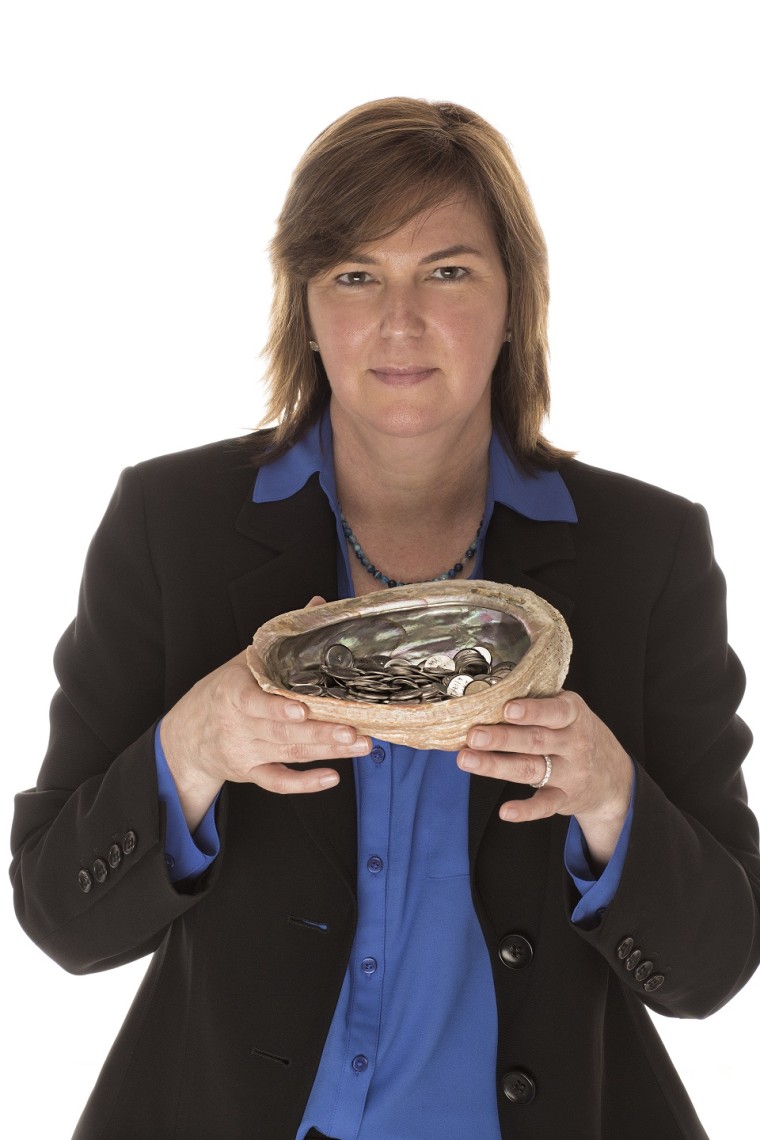
The inventor of a viral technology behind tomorrow's electric car batteries, flexible touchscreen computers, and non-invasive cancer screening was awarded a $500,000 prize Tuesday.
Angela Belcher, a materials chemist at the Massachusetts Institute of Technology, alters the genetic code of viruses to build things that are useful to humans. The technique is already being harnessed to produce touchscreen gadgets and convert methane gas to gasoline, jet fuel, and plastics.
She received the 2013 Lemelson-MIT Prize, which honors mid-career inventors who are dedicated to making the world a better place through technology.
From abalone to electrodes
Belcher's technique was inspired by abalone, a marine snail that builds strong and exquisite shells out of calcium carbonate and a tiny bit of protein. As a graduate student at the University of California Santa Barbara, she discovered how the snails use proteins to build their shells.
"When I was studying this, I thought wow, wouldn't it be interesting if you could have a protein that didn't control calcium carbonate but could control something else on the periodic table that was more technologically important to us," she explained to NBC News.
Soft marine organisms spent about 50 million years perfecting their shell-making processes, time that Belcher obviously lacks. So, to do what she wanted to do more quickly, she turned to bacteriophage, a type of virus that infects bacteria and has a single strand of DNA that is simple to manipulate in the lab.
"You make 1 billion random modifications in the DNA sequences" and see which ones express the desired trait, such as grabbing onto carbon nanotubes to make an electrode for a battery, she explained.
Batteries, touchscreens, cancer
Proof-of-concept work on her technology led to engineered viruses that that latch onto carbon nanotubes and then coat themselves with inorganic materials such as iron phosphate and gold to create self-assembled nanowires that, in turn, serve as battery electrodes.
The resulting batteries can power small devices such as laser pointers and LED lights. Research to be described in an upcoming paper, she said, "can help solve some of the problems" with lithium-air batteries, which could give electric cars 500 miles per charge.
Belcher has also co-founded two companies based on her technology:
- Cambrios Technology in 2003 to commercialize transparent conducting materials for touchscreen displays such as tablets and laptop computers and, in the future, flexible screens.
- Siluria Technologies in 2007 that uses basic components of the virus to develop catalysts to covert methane, the main component of natural gas, into ethylene, a commodity chemical for fuels and plastics.
In addition, Belcher is working with cancer researchers at MIT to develop an imaging technique that uses the virus' ability to grab onto carbon nanotubes that fluoresce in the presence of tumors to detect early ovarian and breast cancers.
Next up for the materials chemist is a foray into applying her research technique to water purification, which she will ponder during an upcoming year-long sabbatical.
While out of the office, she also intends to spend to spend some of her $500,000 prize money on developing science and technology curriculum for school-age children. The rest, she said, she'll save for her own children's college education.
"And then, maybe, go on a family trip."
John Roach is a contributing writer for NBC News. To learn more about him, visit his website.
